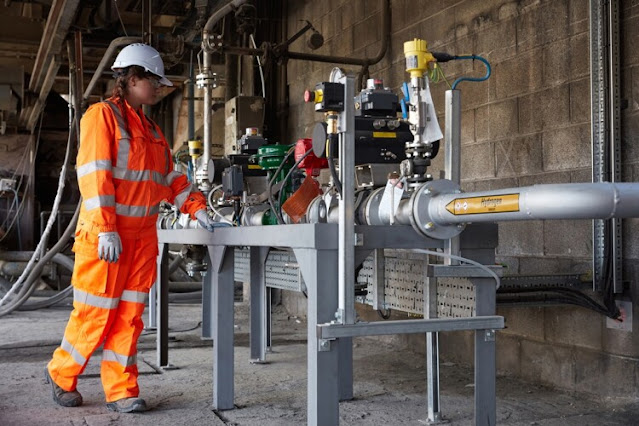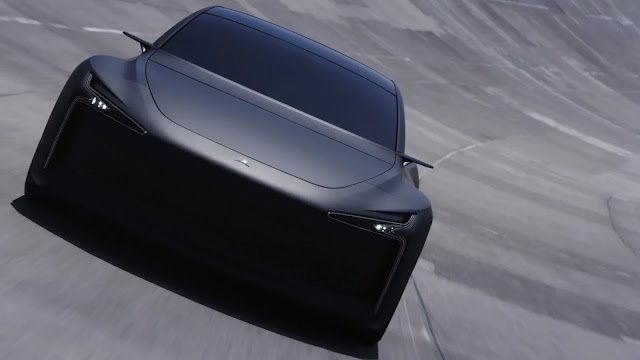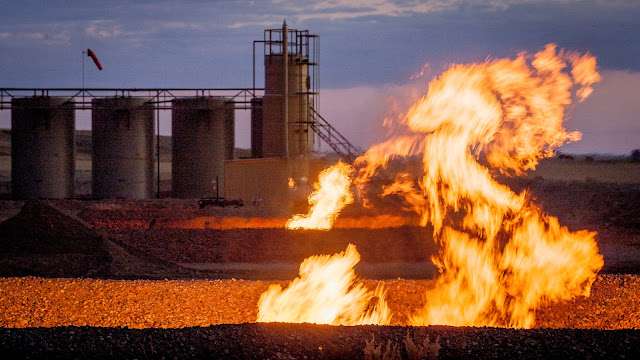Genesis has confirmed specifications for its new GV60 electric car, which will rival premium EVs such as the Audi Q4 e-tron, the Tesla Model Y and even the Jaguar I-Pace when it goes on sale in the UK in 2022.
Likely to hit Genesis showrooms later next year, the GV60 is based on parent company Hyundai-Kia’s E-GMP electric car platform and is powered by a 77.4kWh battery pack for a maximum range of 280 miles for the ‘RWD’ rear-wheel drive model on the Korean test cycle.This car features a single motor mounted on the GV60’s rear axle, serving up 225bhp and 350Nm of torque. The GV60 AWD boasts a 215bhp rear motor with a 99bhp motor supporting it on the front axle to deliver four-wheel drive.
As per sister brand Kia with its EV6 GT – and the forthcoming Hyundai Ioniq 5 N – Genesis has confirmed it will offer a GV60 variant with even higher performance, a total output of 429bhp and the same 605Nm of torque as the AWD car. Thanks to four-wheel drive traction this GV60 will sprint from 0-62mph in a best time of 4.0 seconds, while claimed range drops to 228 miles on the Korean test cycle. European WLTP figures will be confirmed later - Auto Express - link - Sean Carson - link - more like this - link





































